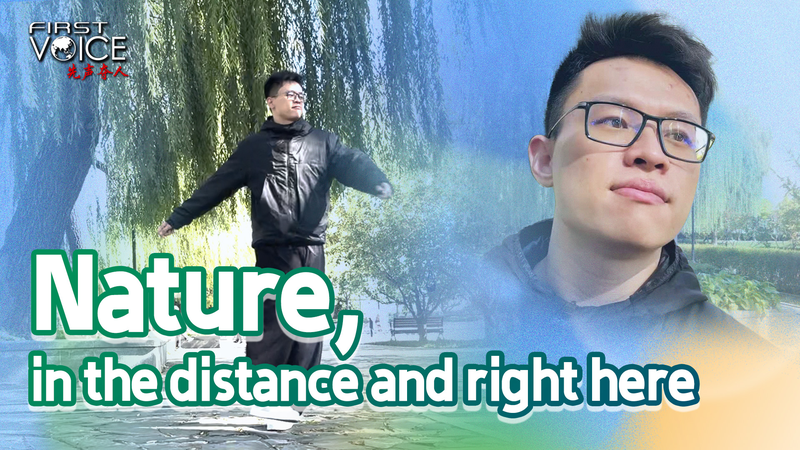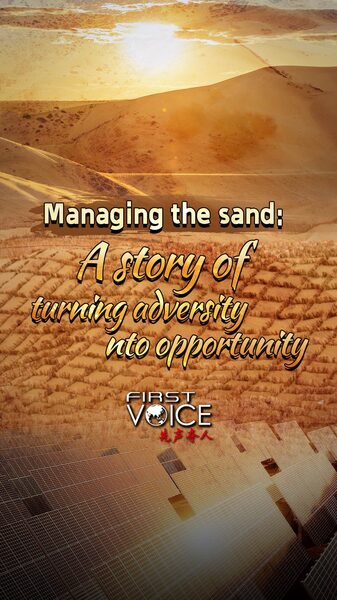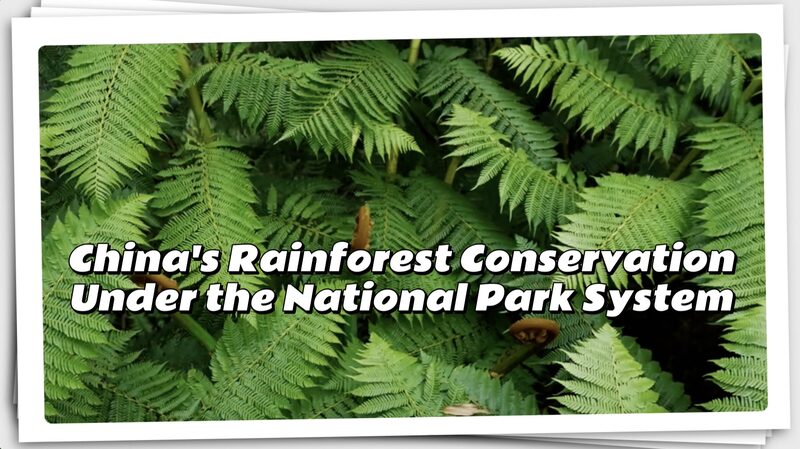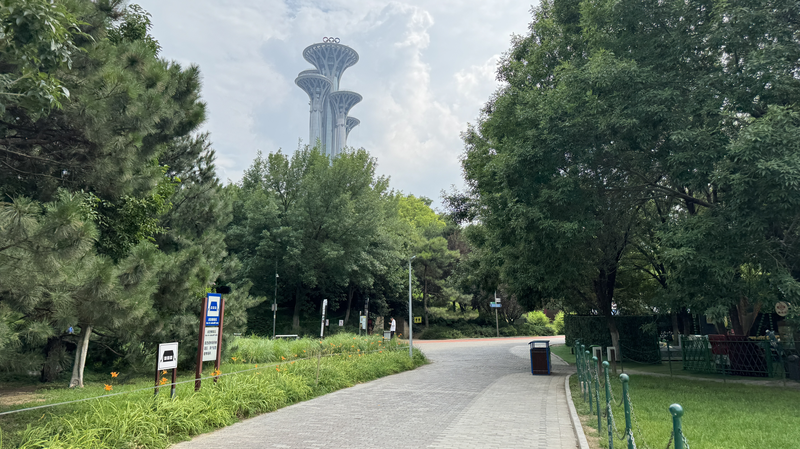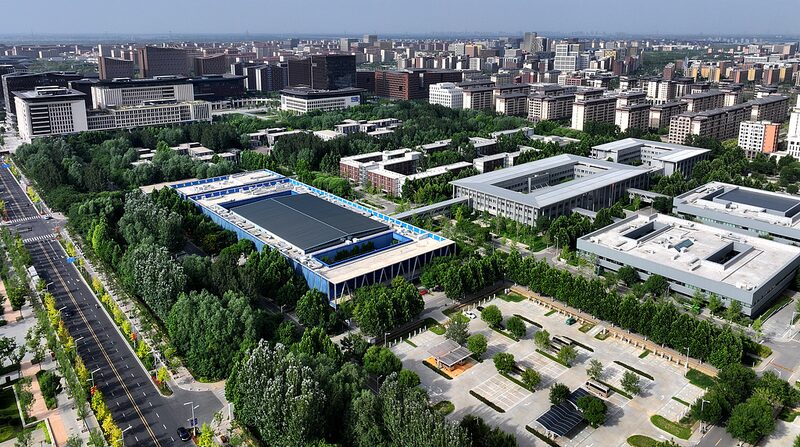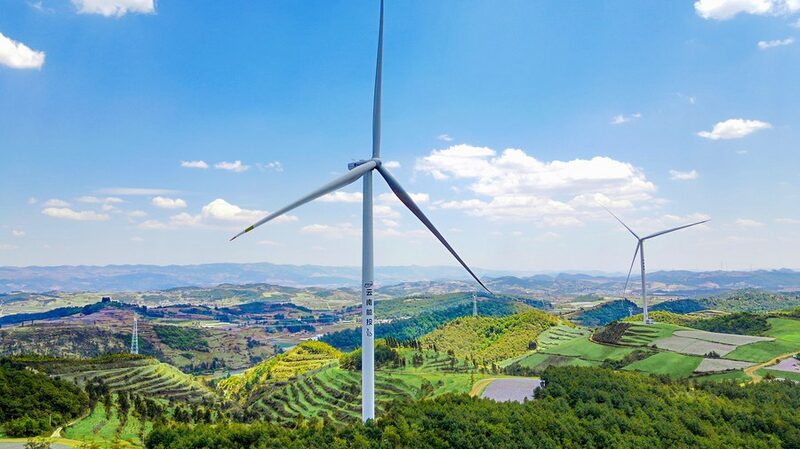In Shanghai's Century Park, joggers weave through groves of gingko trees while children chase butterflies across wildflower meadows. This scene, once rare in China's concrete jungles, is now a testament to the country's evolving relationship with nature – one where ecological priorities are no longer confined to policy documents but rooted in lived experiences.
China's 14th Five-Year Plan marked a turning point, shifting green development from an industrial roadmap to a societal ethos. Urban planners now integrate 'sponge city' designs to manage rainfall naturally, while lakeside promenades in Wuhan double as flood barriers and community hubs. Even energy transitions take a human-scale approach: rooftop solar panels power streetlights in Shenzhen's renovated neighborhoods, blending sustainability with practicality.
This transformation extends beyond cities. In the Loess Plateau, terraced fields demonstrate how soil conservation can boost agricultural yields. Along the Yangtze River, fishing bans have revived aquatic ecosystems while creating new ecotourism opportunities. 'What began as environmental remediation has become cultural change,' notes urban researcher Li Wei. 'People don't just tolerate green spaces – they expect them.'
As China prepares its 15th Five-Year Plan, the challenge lies in maintaining this momentum. With 65% of the population now urban, the balance between development and ecology grows more delicate. Yet the proliferation of pocket parks and cycling lanes suggests a fundamental shift: green living is no longer a luxury, but a new baseline for quality of life.
Reference(s):
cgtn.com
